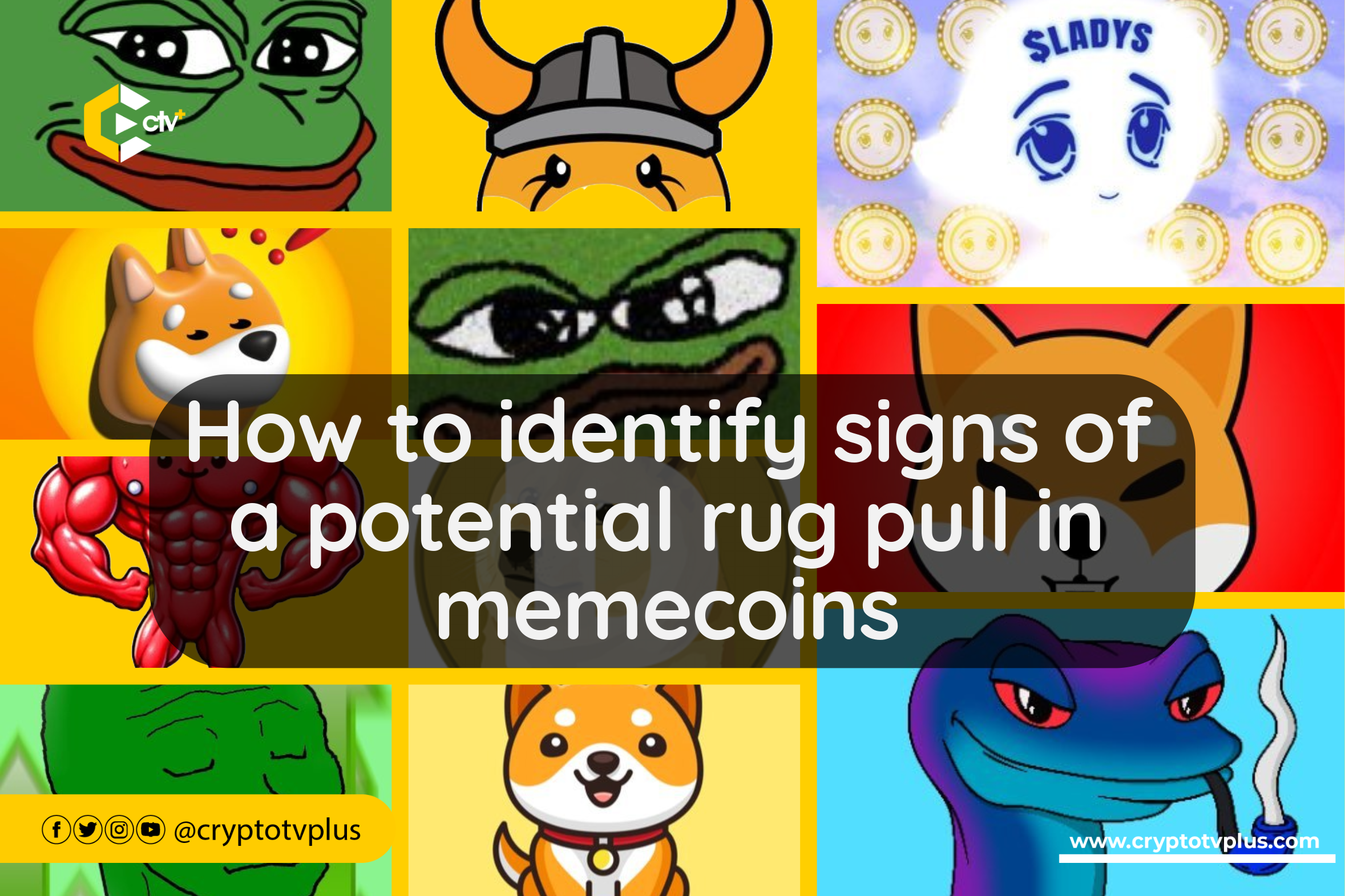FEATURED
How to identify signs of a potential rug pull in memecoins

Memecoins, inspired by viral trends and internet jokes, have taken the cryptocurrency world by storm. They offer a chance for anyone to potentially turn a small investment into a big win. Unlike other complex cryptocurrencies, memecoins thrive on a unique combination: community, humor, and the power of social media.
From Dogecoin’s explosion fueled by Elon Musk’s playful tweets to Shiba Inu’s devoted online following, memecoins have dominated headlines and social media feeds. This marriage of meme culture and crypto creates a fascinating phenomenon where a funny dog picture can become a valuable digital asset.
However, this exciting world comes with significant risks. The memecoin market is highly volatile, and there’s a constant threat of a “rug pull.” This is where creators abandon the project after a price surge, taking investors’ money with them. Similar to how internet memes fade away, a memecoin’s value can vanish quickly, leaving investors empty-handed. Let’s explore some signs that might indicate a potential rug pull.
One of the biggest risks with memecoins is the possibility of a rug pull. This is when the creators vanish with investors’ funds by selling a large portion of the tokens, essentially draining the liquidity or removing it entirely.
This often happens on decentralized exchanges, leaving investors with worthless tokens. It’s a nightmare scenario for anyone who invested their hard-earned money in a project that disappears overnight.
So, how can you tell if a memecoin is at risk? There are several warning signs to watch out for, often appearing together. The most common red flag is unrealistic promises. If the creators guarantee high profits or astronomical returns, it’s likely a scam. Remember, all cryptocurrency investments carry risk, and nobody can guarantee returns.
In other news, as memecoins are sprouting up on the Chiliz Chain, here are some of the top meme coins on the network.
Another red flag is excessive hype. While excitement and buzz can be good, especially if it’s based on real progress, uncontrollable hype is a warning sign. Memecoins often rely on hype to attract investors, but if the hype seems far out of proportion to the actual value of the coin, something might be wrong. It can be hard to define “unnecessary hype,” but a potential investor should consider if the excitement seems genuine.
Memes are everywhere online, and memecoins leverage popular ones to get attention. But there’s a concern beyond unnecessary hype – the culture behind the coin itself. Aside from price fluctuations, memecoins appeal to people who connect with the narrative behind the meme, those who identify with its unique identity. For instance, a Star Wars-themed memecoin might attract fans who resonate with the storyline.
While some memecoins draw inspiration from existing themes, creators can also forge new identities and internet cultures. What matters to investors is the level of community connection, measured by social media engagement and financial support. A community focused solely on generating hype, rather than building genuine connections, suggests a lack of substance.
Why do these factors indicate a higher risk of rug pulling? It boils down to trust. When you invest in a cryptocurrency, you’re trusting the creators to act in your best interest. If they’re making unrealistic promises, driving unsustainable hype, and promoting a weak meme culture, it’s harder to believe they’ll do the right thing when things get difficult.
Memecoins with these characteristics might also lack a strong community of supporters invested in the long-term success of the project. Without a dedicated community, it’s easier for the creators to disappear with investors’ money with minimal consequences.
So, how can you avoid falling victim to a rug pull? Research and invest only when you feel comfortable. Pay attention to the surrounding community and trust your instincts. If something seems too good to be true, it probably is.













73 Comments